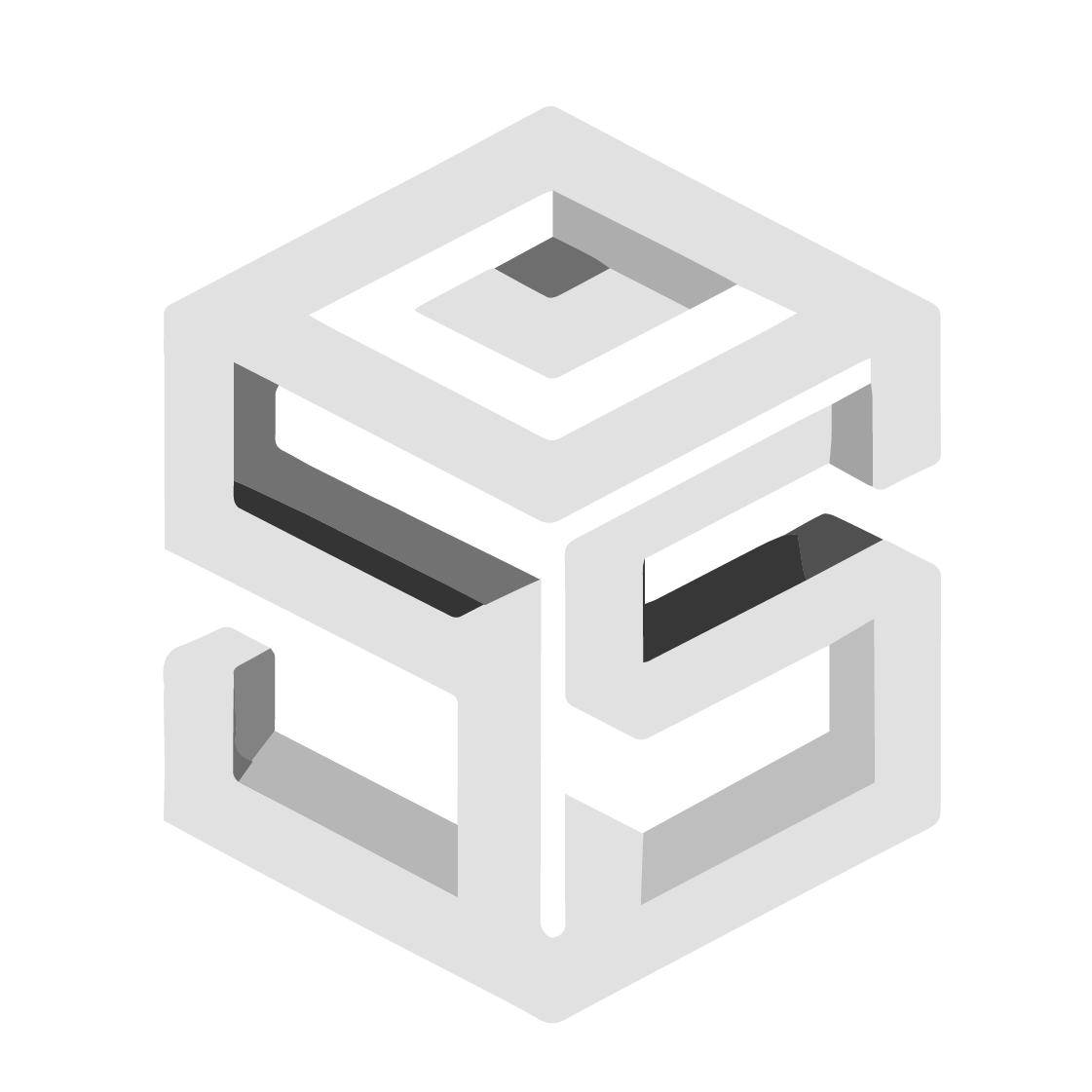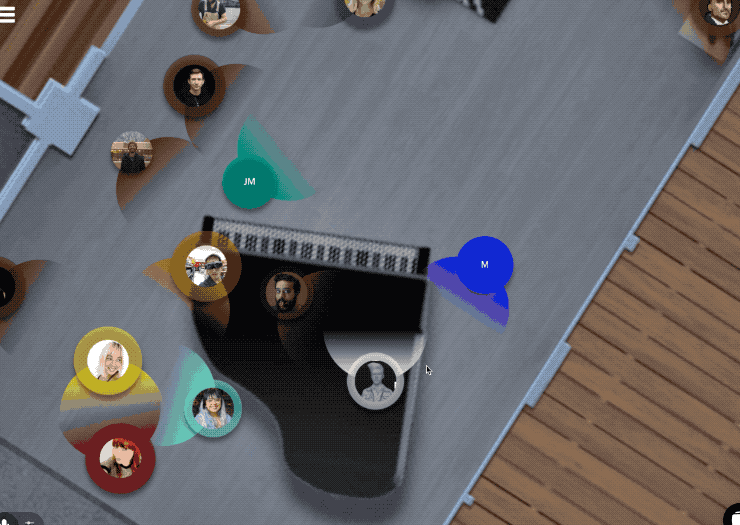Bruce Nussbaum's lecture on Design at The Edge is one of my favorite.I'm not enrolled in it, but still feel obligated to sit in every Monday. Last week, Bruce mentioned to me that he is writing a book on what he calls CQ, or Creative Intelligence.
At Columbia Business School's China Business Conference, I introduced myself as someone in Service Design. A professor from Columbia respond with "Oh look at my tie."
I may have felt somewhat like IDEO's David Kelly when at a restaurant he introduced himself as a designer and his hostess asked "So what do you think of my curtains?" (1)
The Columbia professor did zone in on what I mean by design when he said "I'm sure there were many processes involved in creating the tie from Chinese silk, French pattern to be made in America."
This shows the gap between D-School to B-School that I traverse and that Bruce is helping bridge.
Bruce notes that the framework of Design Thinking, that "collection of behaviors is the heart and sole of creativity. It includes being attuned to the people and culture you are immersed in and having the experience, wisdom, and knowledge to frame the real problem and--most important of all perhaps--the ability to create and enact solutions" (2) But he poses the question in his new blog post on Fast Co Design about what creativity is and how can we measure it.
If CEO's have used Design Thinking as a process trick, how can we help develop the ability to convey creativity without making it a process trick? Why would we put creativity on a linear scale alongside IQ and SAT scores?
I agree that Design Thinking has opened the doors for creativity to wider application, but since it was "packaged as a process" it has begun to "actually do harm."(2) If we take creativity and boil it down to not just a package, but something on a linear scale, how do we keep it's veracity?
IQ stands for Intellingece Quotient and therefore CQ, Creative Quotient. As quotients are the result of division, why abstract Creativity into dividable dimension? It would be a very efficient way to rate and process individuals. But since "creativity emerges from group activity," how do we effectively measure the capability of an individual's ability to interact in a group and frame problems?
CQ will need to contain multiple dimensions.
How do we frame the and show an individual's "experience, wisdom," and ability to frame?
One thing for sure is that the model of a psychologist asking pre-defined questions and timing a subject's arrangement of colored blocks won't serve as the way for measuring creativity.
Howard Gardner said that when in China, students tell him "Now we have 8 things to be good at," referring to his theory of Multiple Intelligence. (3)
[singlepic id=515 w=375 h=500 float=left]
Bruce's dream is that when his godchild applies to"Stanford, Cambridge, and Tsinghua universities. The admissions offices in each of these top schools asks for proof of literacies in math, literature, and creativity. They check her SAT scores, her essays, her IQ, and her CQ." I envision the admissions office will spend more time viewing the CQ than the other deliverables. Not just because it is the most engaging, but that because it is the most complex measurement and deepest deliverable. It might be like a portfolio with statistics, visuals and maps. Everyone's CQ will be as unique, if not more than an admissions essay.
I'm in the process of developing a deliverable to show my Creative Intelligence after a course with Carlos Teixeira and Robert Rabinovitz.
I appreciate if we could measure degrees of creativity and am excited to see how the concept of CQ forms.
Bruce at his Design At The Edge lecture series.
2. Bruce Nussbaum - "Beyond Design Thinking" Fast Company
1. IDEO's David Kelley on "Design Thinking" Fast Company
3. Howard Gardner. Presentation, 2010.

